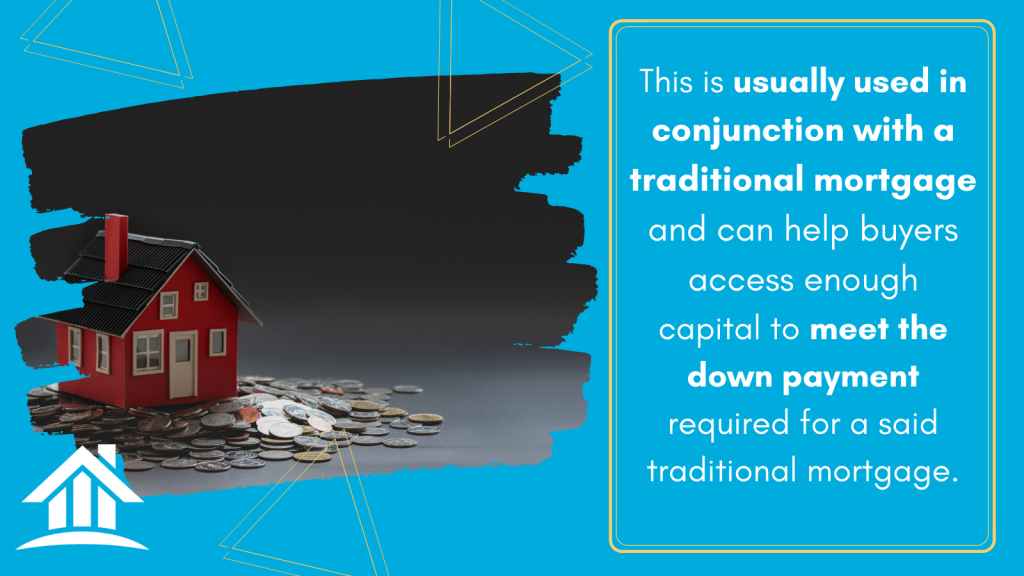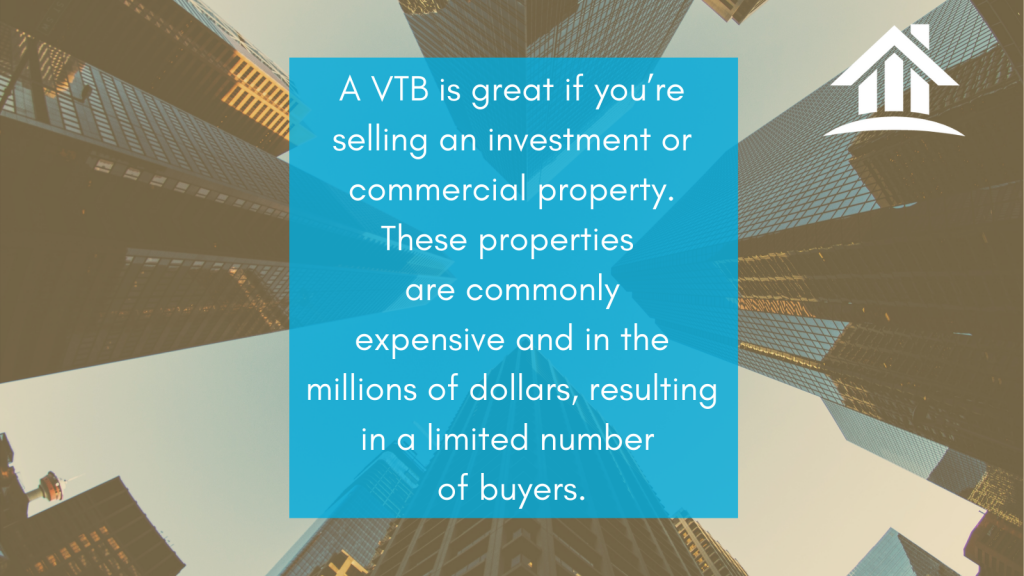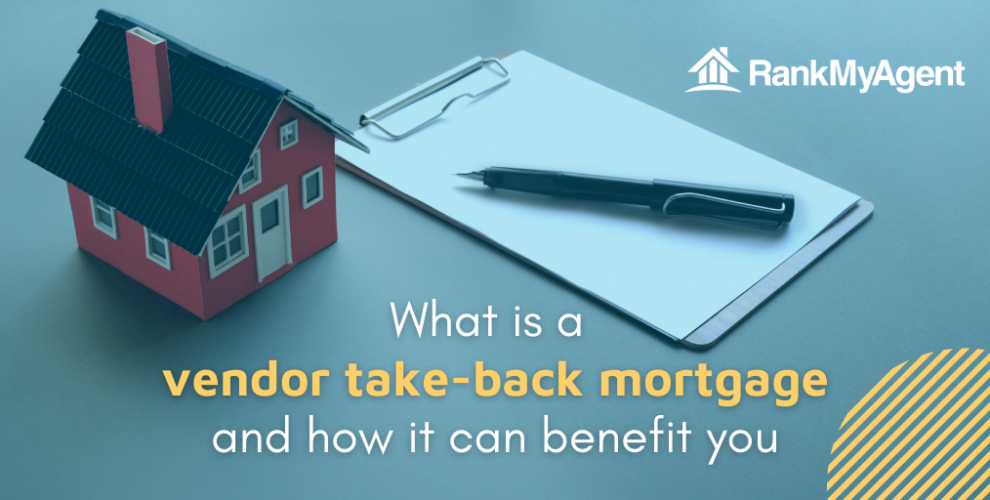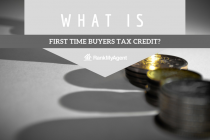A lot of Canadians face the same issue: they need a sum of money as a down payment before they can even get a mortgage from a major bank. Otherwise, they’re stuck renting. Saving for a down payment can take ages in a housing market where the sum is commonly in the six-digit realm. However, one underutilized tool to own a property is a Vendor Take-Back Mortgage (VTB). A VTB is especially useful if you’re looking to purchase or sell a large investment or commercial property. In this article, we explain what a VTB is, how it works, and the benefits and precautions to take as either the buyer or seller.
What is a vendor take-back mortgage and how does it work?
A VTB is when the seller of a property also becomes the lender. The seller lends money to the buyer to purchase the property that the seller is offering. This provides the buyer with more access to capital and the seller with an easier sale. The seller, in becoming a lender as well, charges an interest rate that is usually more than what a bank charges but less than what a private lender charges.

For example, if a home is $500,000, a 20% down payment would be $100,000. If you only have $50,000, you could get access to another $50,000 through a VTB. The bank would then provide the remaining 80% or $400,000 to the buyer to purchase the property.
There are a few issues with VTBs. First, the bank has the right to prevent a VTB from taking place. The bank is still a lender, and they can choose not to lend if you are already borrowing from someone else. Second, the seller needs to at least own the amount of equity in the home equivalent to what they’re lending you—i.e., if the VTB is for 10% of the purchase price, then the seller must own at least 10% of the home. Additionally, a VTB is still a mortgage. As a result, putting down 10% of the purchase price with your own funds followed by a 10% VTB won’t provide you enough equity in the property to avoid mortgage default insurance, adding another payment to your home purchase expenses.
Benefits and precautions to the seller
For the seller, the primary benefit of a VTB is to sell your property. Offering buyers a VTB is a great way to sell in a buyer’s market because it can incentivize a purchase without lowering your offering price. However, if you’re selling your primary home, you’ll still need a place to live. And if you’re not planning to downgrade, you’ll likely need the full proceeds from your sale to purchase a new property. But if you decide to lend the money, you’ll be rewarded with some generous interest payments.

If you sell a $7 million commercial property, there are only so many people in the area who can afford it. A VTB can enlarge your pool of buyers by offering them more access to capital.
By doing this, there are also tax benefits. When you sell a property that isn’t the home you regularly live in, you must pay capital gains tax. With a VTB, you’re paid out over time which means you defer paying this capital gains taxes over the life of the VTB.
Keep in mind that you and the buyer don’t only have a buyer-seller relationship now, but also a lender-borrower relationship. Therefore, you’ll have a second contract to work out the terms of the lending agreement. This requires that you do due diligence on the buyer to make sure that they’re credit worthy. Your loan will be treated as a second mortgage, which is only paid back after the primary loan (likely the bank’s or private lender’s) is paid out in the event of a default.
Additionally, more agreements mean more lawyers. At least lawyer fees, anyways. Make sure to draft a contract with the buyer to set out the terms of the repayment. A lawyer should help revise this contract and read over the terms and conditions.
Benefits and precautions to the buyer
The ultimate benefit for you as a buyer using a VTB is the additional access to capital. Although you’ll likely pay a higher interest rate than if you borrowed it all from a bank, you may have bad credit or other impediments that prevent you from borrowing what you need.
Another scenario is if you’re purchasing a large investment or commercial property and where a bank may not lend you multiple millions of dollars. Without a VTB, you as the buyer would have to find capital through either investors, who would want equity in the property, or from private lenders, who likely charge higher interest rates than what a VTB offers.
But, for the typical residential property, VTBs are not common unless we’re in a buyer’s market—something rare in Canada’s housing markets
As a buyer using a VTB, you need to remember that this is another loan that you need to pay back. Therefore, it’s part of your monthly interest expenses and an additional liability in addition to any other mortgages you have. And as mentioned prior, the interest rate for the VTB will likely be higher than a bank’s interest rates.
A VTB is a great tool to add into your real estate purchasing kit. It can help a buyer purchase a property when they can’t otherwise source enough capital to do so. It can help a seller get rid of a property faster, make more money in the long term, and defer capital gains taxes. But, as a buyer, make sure that you can afford what is likely an additional mortgage. And as a seller, double check the borrower’s credit history and make sure you have a contract ready.




